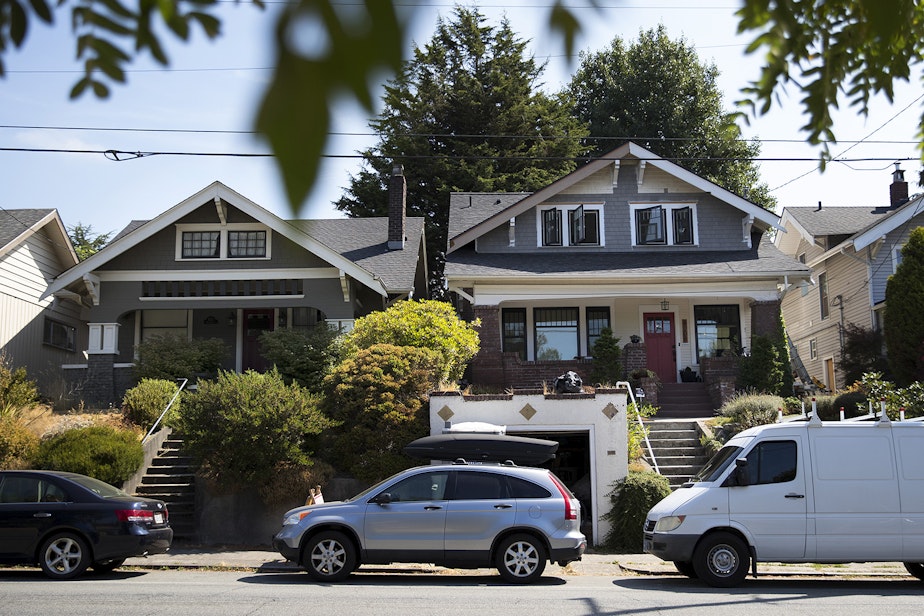The Sun Belt's shine has dulled. Here's what it means for Seattle home prices

Seattle had about 10% more homes than buyers in April, according to Redfin. That’s just enough to call it a buyer’s market.
But the slowdown is mild compared to Sun Belt cities like Miami, Austin, and Phoenix.
Some of the shine is wearing off of in those cities.
Housing costs have risen there, eating into one of the core reasons people moved there in recent years. And hurricanes and flooding are driving up the cost of owning a home there even more.
“You can draw a direct line from the rising costs of natural disasters to these higher insurance costs," Redfin Chief Economist Daryl Fairweather said. "So I think that, yes, the changing climate is certainly going to impact [home] buyers because if you're spending more on insurance, that's less money you can afford to spend on your mortgage."
Those challenges come on top of an overzealous building spree that happened in many Sun Belt cities, including Austin, Nashville, and Phoenix, where flat open areas and less strict zoning rules (compared to Seattle) make it easier to throw up new suburban housing developments.
“ People were leaving their office jobs and working remotely, moving to places like Florida, Texas, and Arizona," Fairweather said, "and builders responded by building a lot of housing."
Sponsored
But with rising cost of living in the Sun Belt and the unwinding of remote work agreements, some of the region's advantages have been eroding, and "those migration trends started to slow down," she said.
Nowhere are these compounding trends truer than in Florida. For example, migration to Tampa in 2024 was down to less than a third of what it was the year before. And migration to Orlando has almost zeroed out.
Migration into Seattle in 2024 also slowed down dramatically, to half of what it was in 2023.
However, the effect on Seattle's housing market has been much different.
What's so different?
Sponsored
Many Sun Belt cities, such as Phoenix, have liberal rules that allow new housing developments to be built quickly in the suburbs, Fairweather said. During the cyclical building construction cycle, cities that grow more rapidly also end up with too much housing when buyer demand flags — as it inevitably does at the end of each cycle.
In contrast, Seattle discourages that sort of "suburban sprawl," because the city is hemmed in by mountains and sea. Washington state's desire to protect farms and forests and decrease long commutes also contributes. Those constraints mean it's less possible for developers in the Seattle metro area to overbuild.
The result is that, right now, with demand suppressed due to factors like high mortgage interest rates, Miami has three homes on the market for every one person looking to buy a home. Seattle, meanwhile, only has 10% more homes than buyers.
Overproduction may cause heartache for builders, who may lose money on their investments —but it's not bad for everyone.
A surplus of homes can lead to great deals for home buyers. In fact, with so many existing homeowners keeping their homes longer simply because they have locked in low interest rates, newly-built homes and apartments are almost the only way to accommodate new buyers.
Sponsored
Fairweather expects a significant drop in home prices in cities where the surplus is greatest. She expects less of a drop in Seattle, due to its smaller surplus.
The state is making it easier to build homes in Seattle, thanks to recent state laws meant to encourage more housing.
Seattle's recent comprehensive plan update has had to incorporate some of those changes, which include allowing four — or sometimes six — homes on every residential lot. Other cities in Washington state, from Spokane to Vancouver, must also allow more housing.
So where are people moving to Seattle from? The largest contingent come from San Francisco, Fairweather said. That's because, even with Seattle housing costs so high, they're still a bargain compared to SF.



